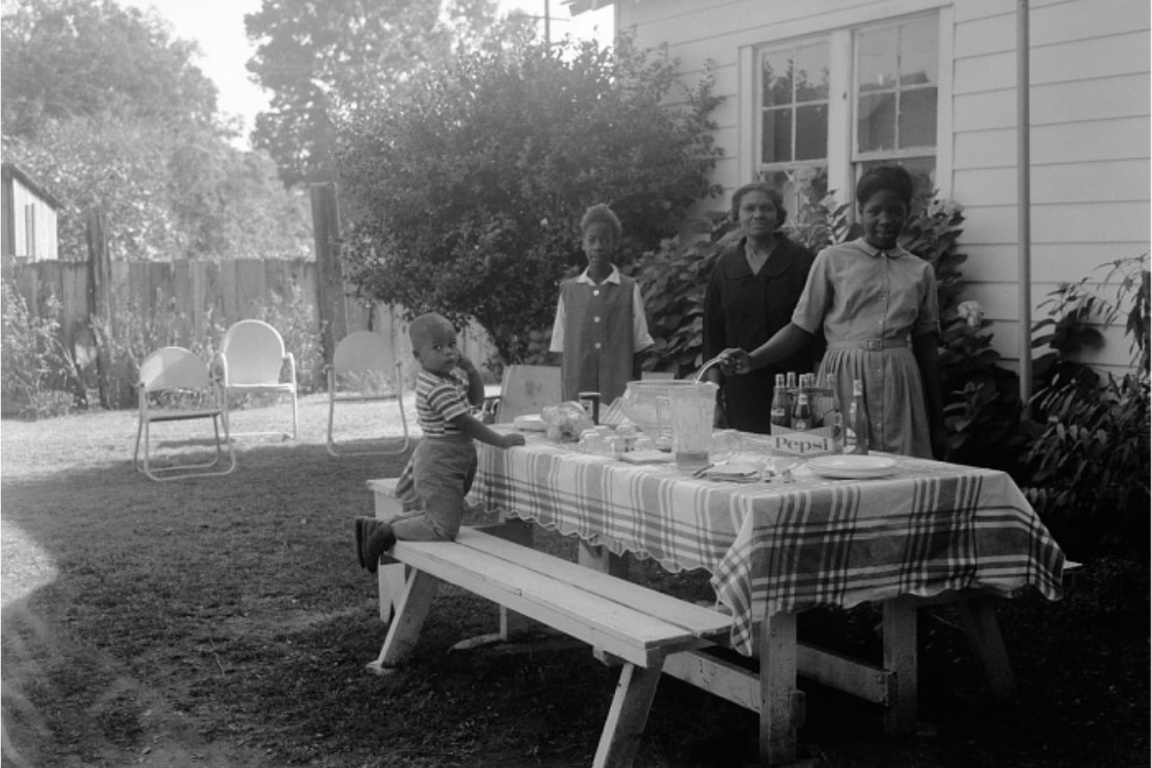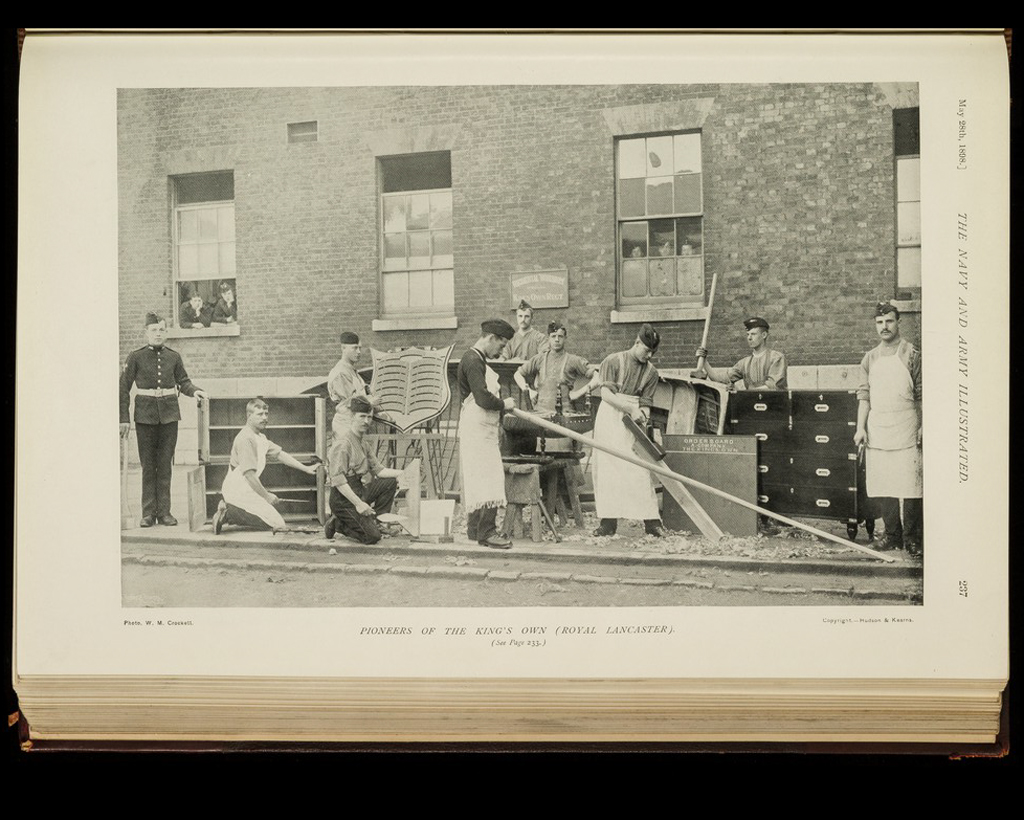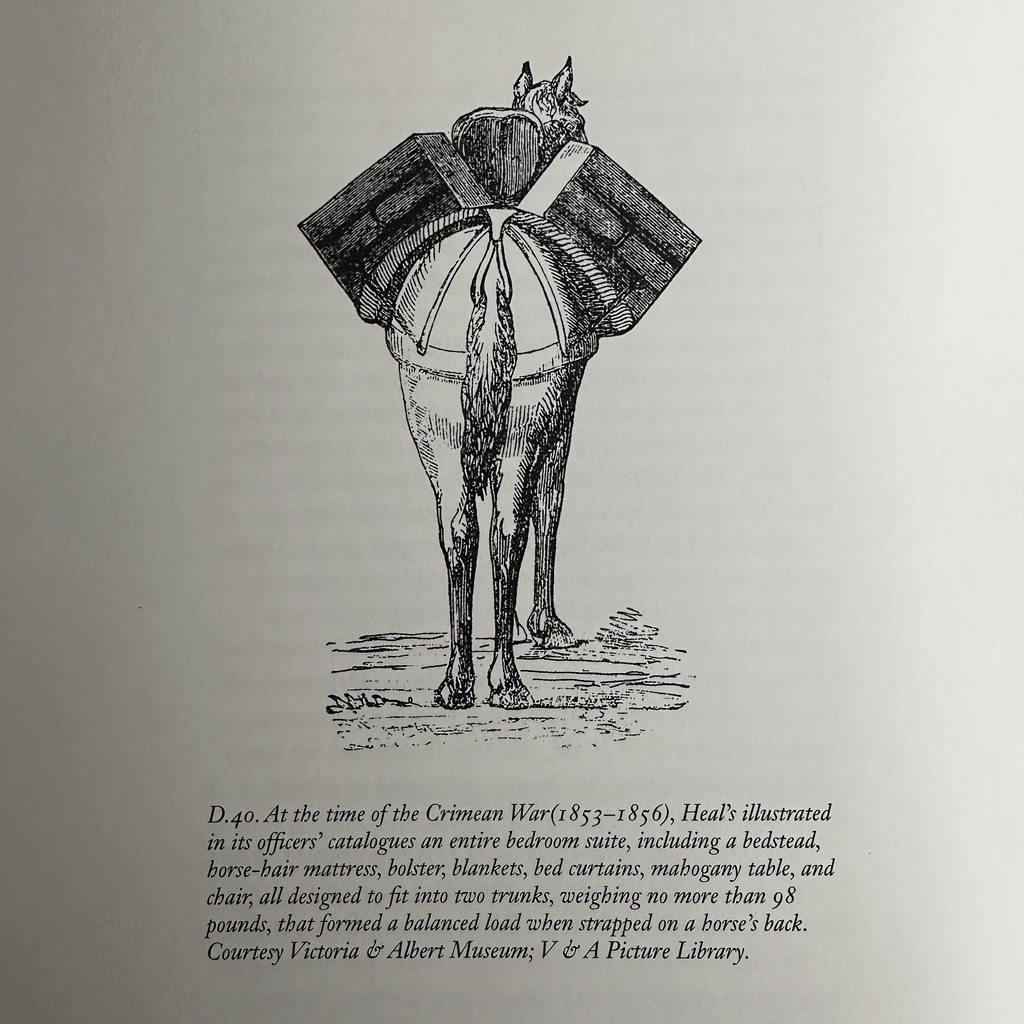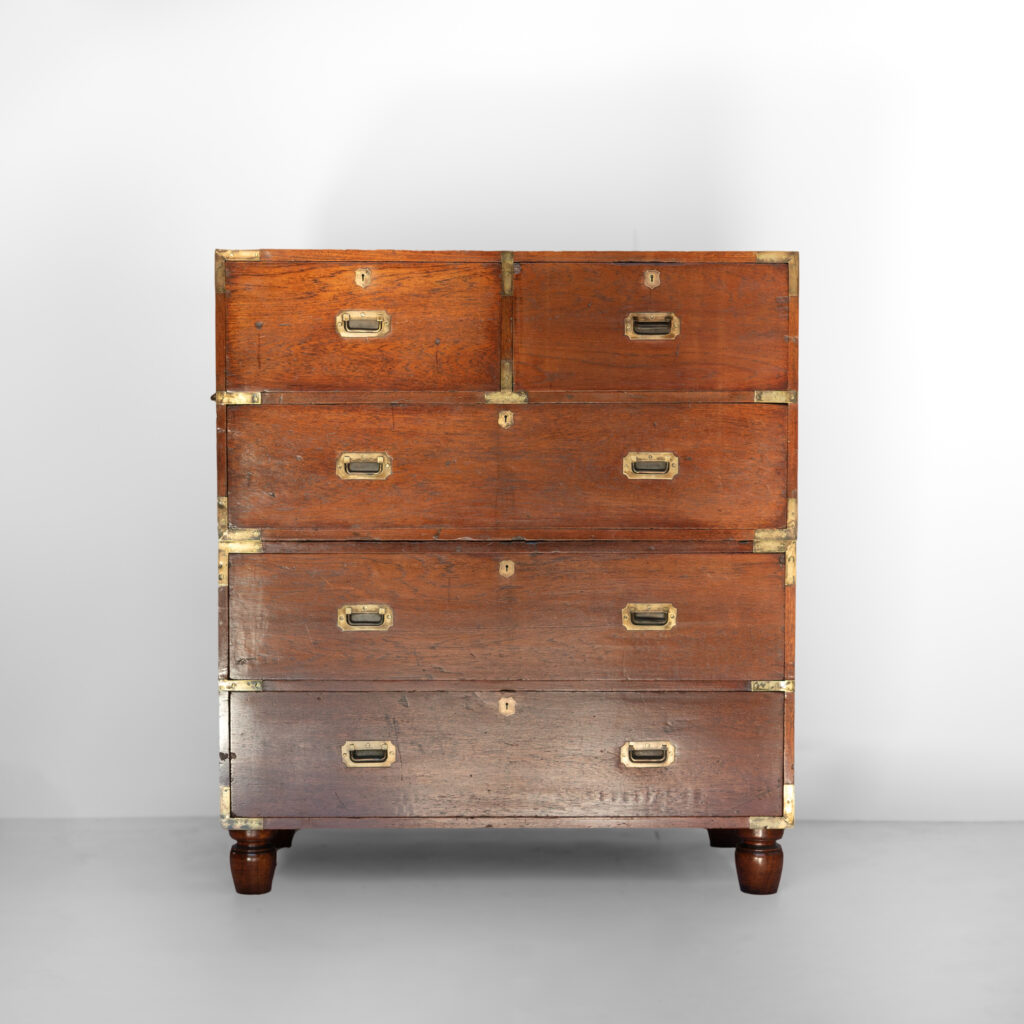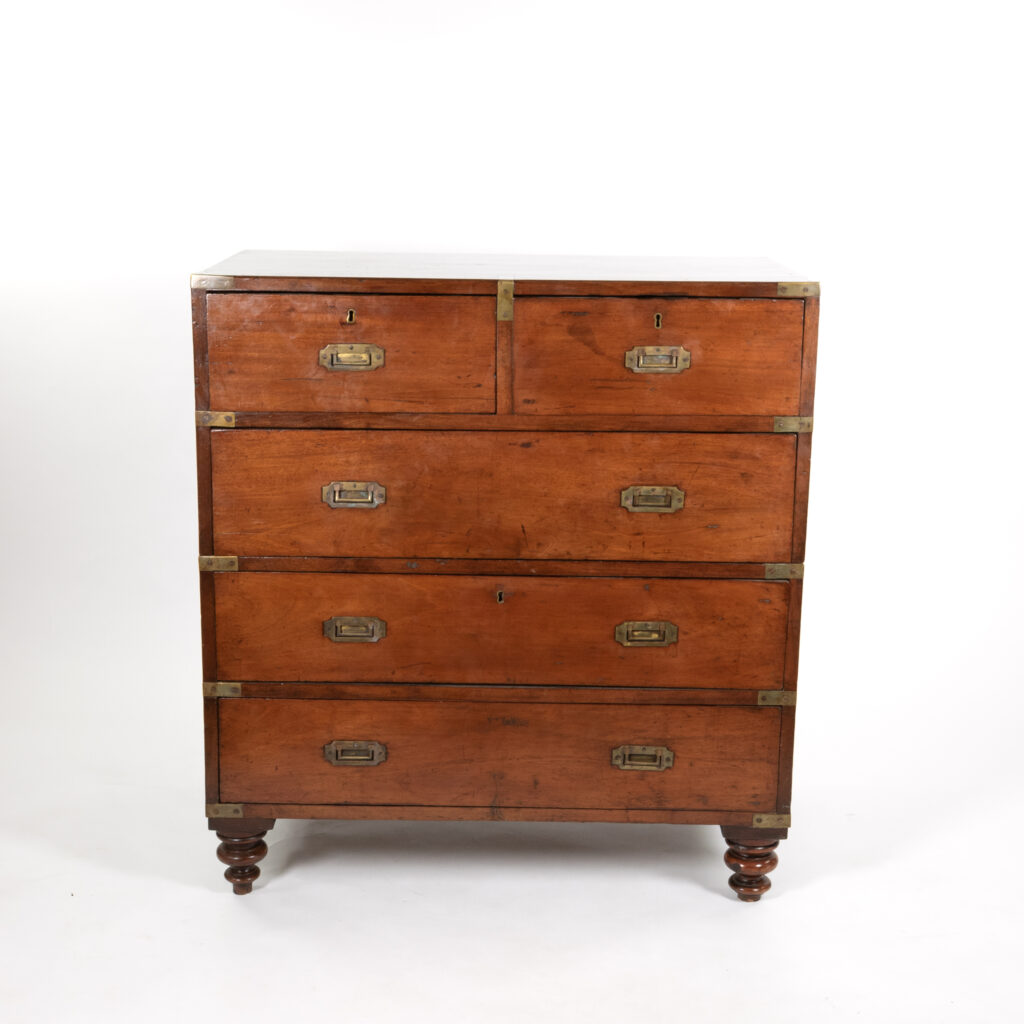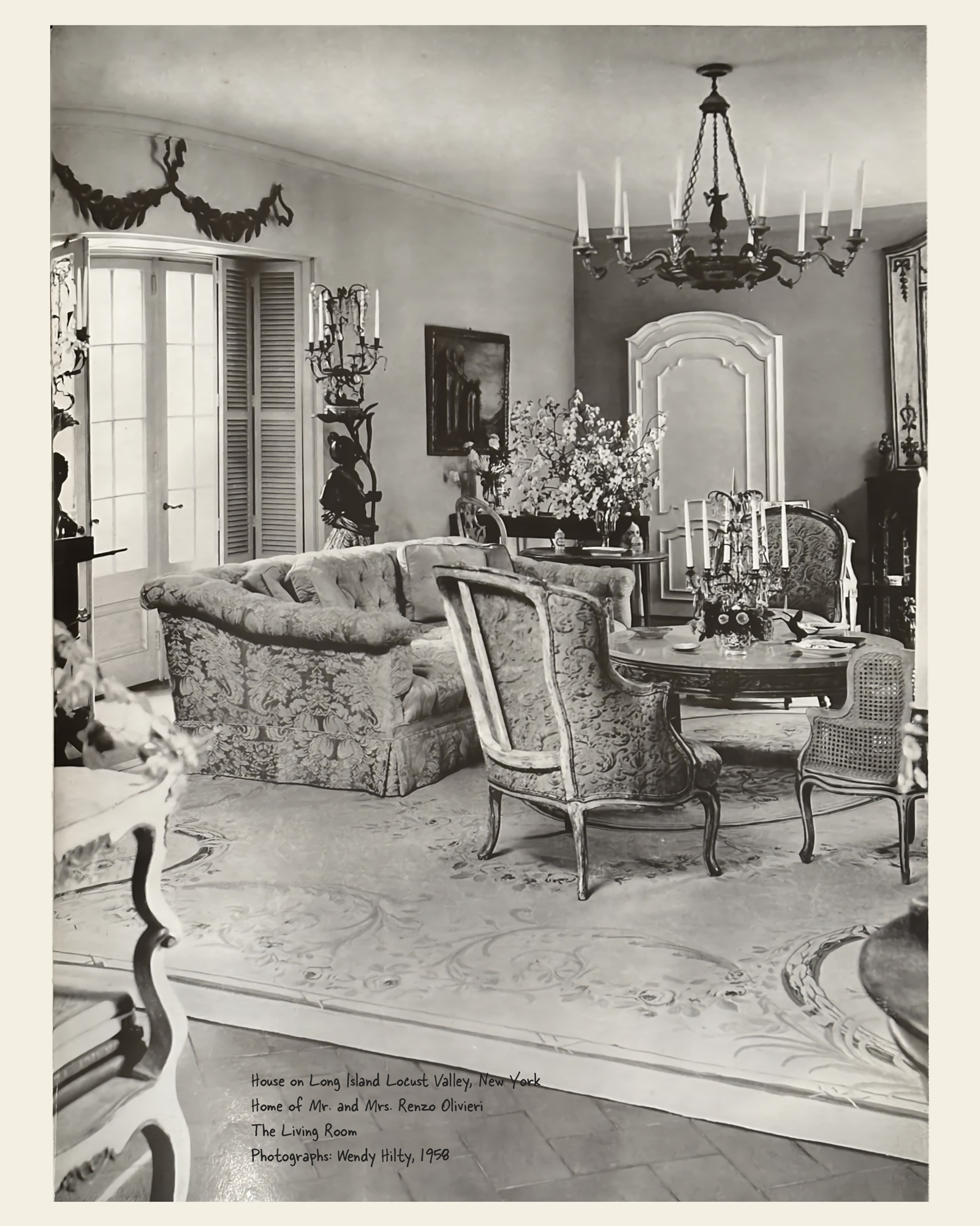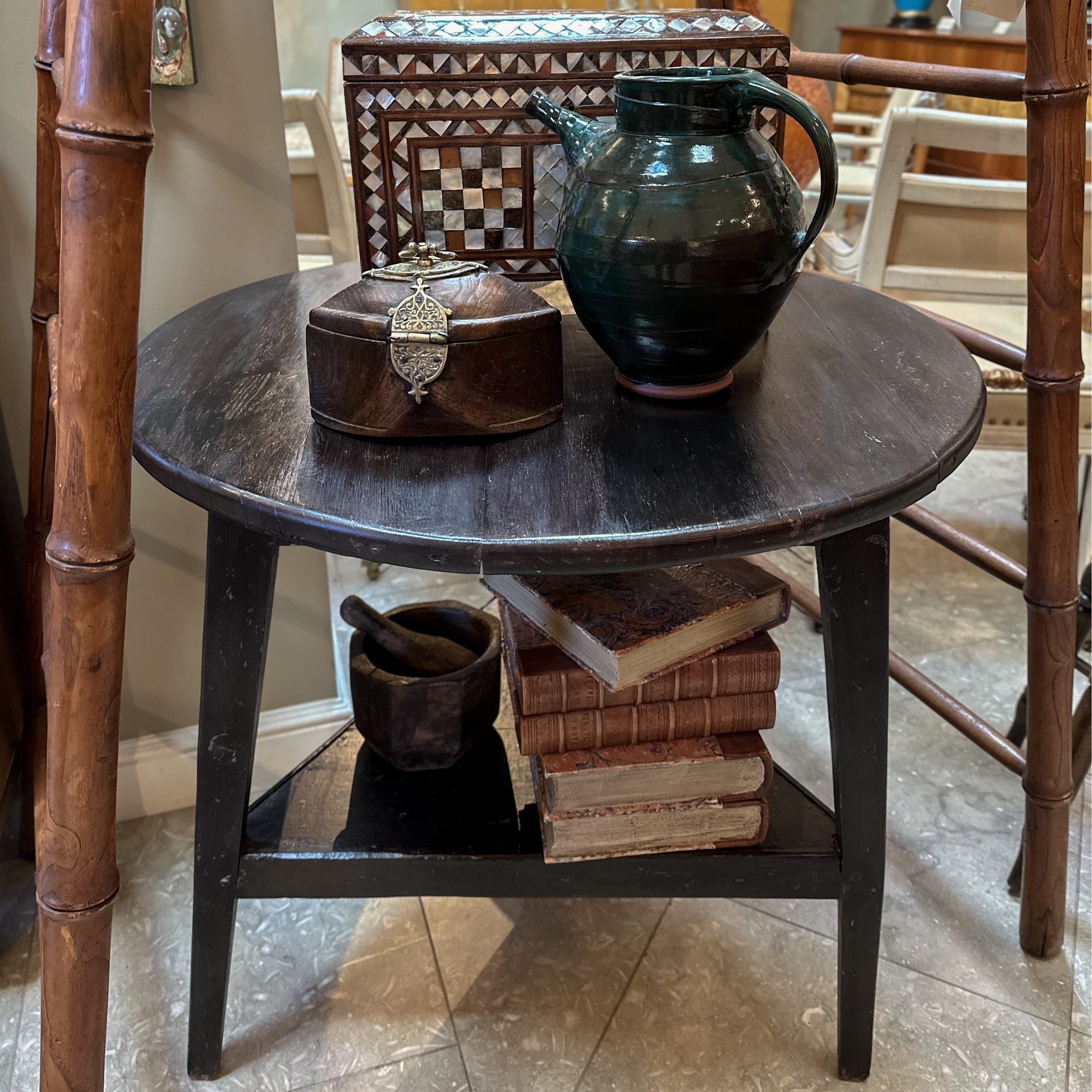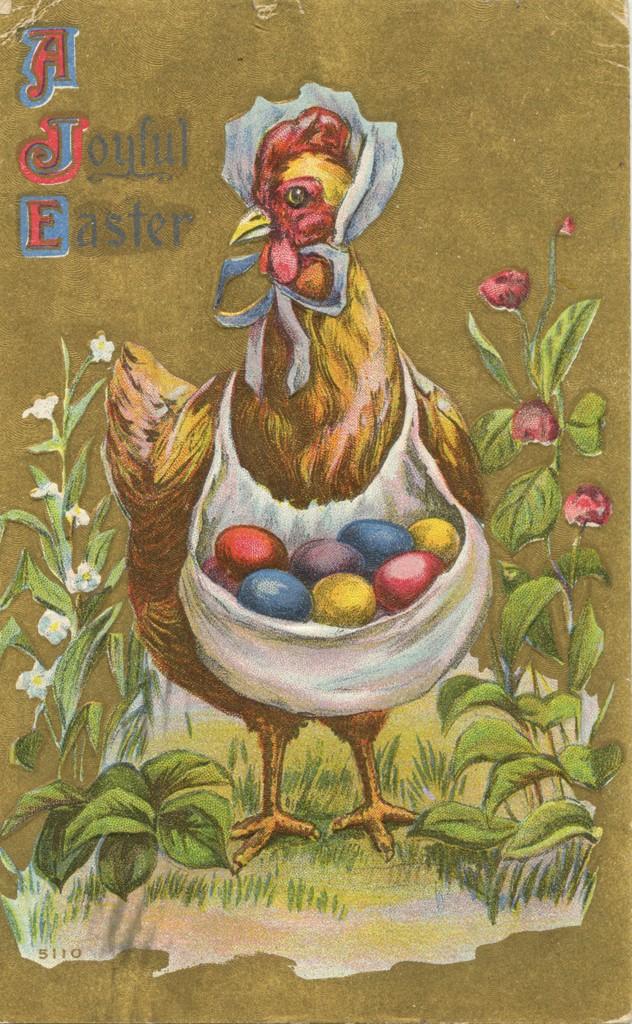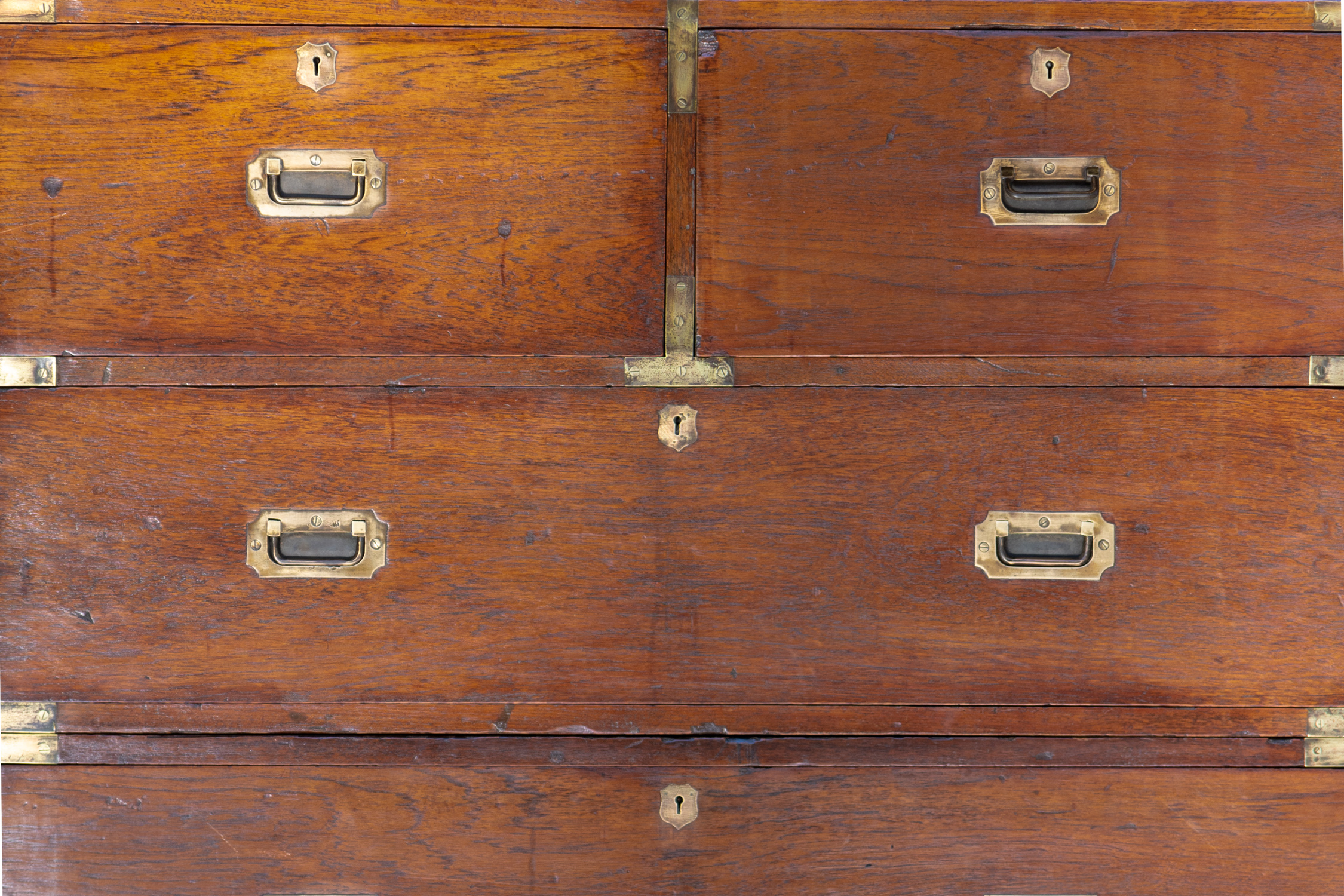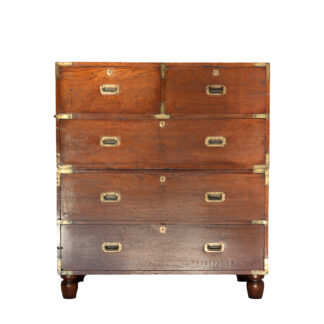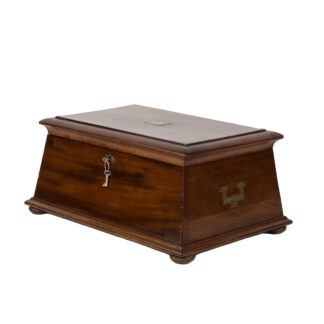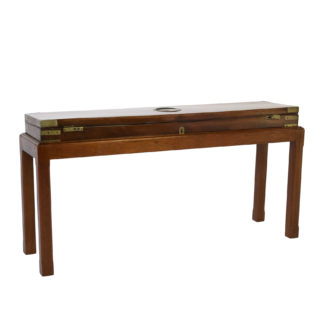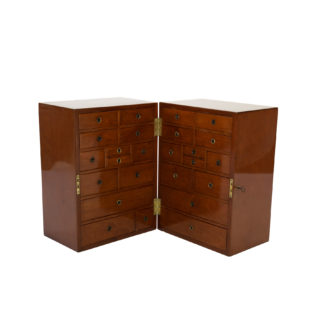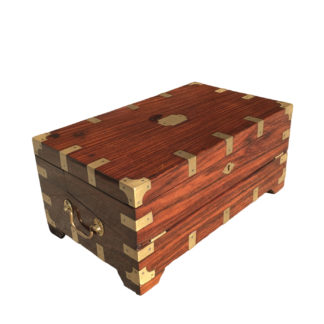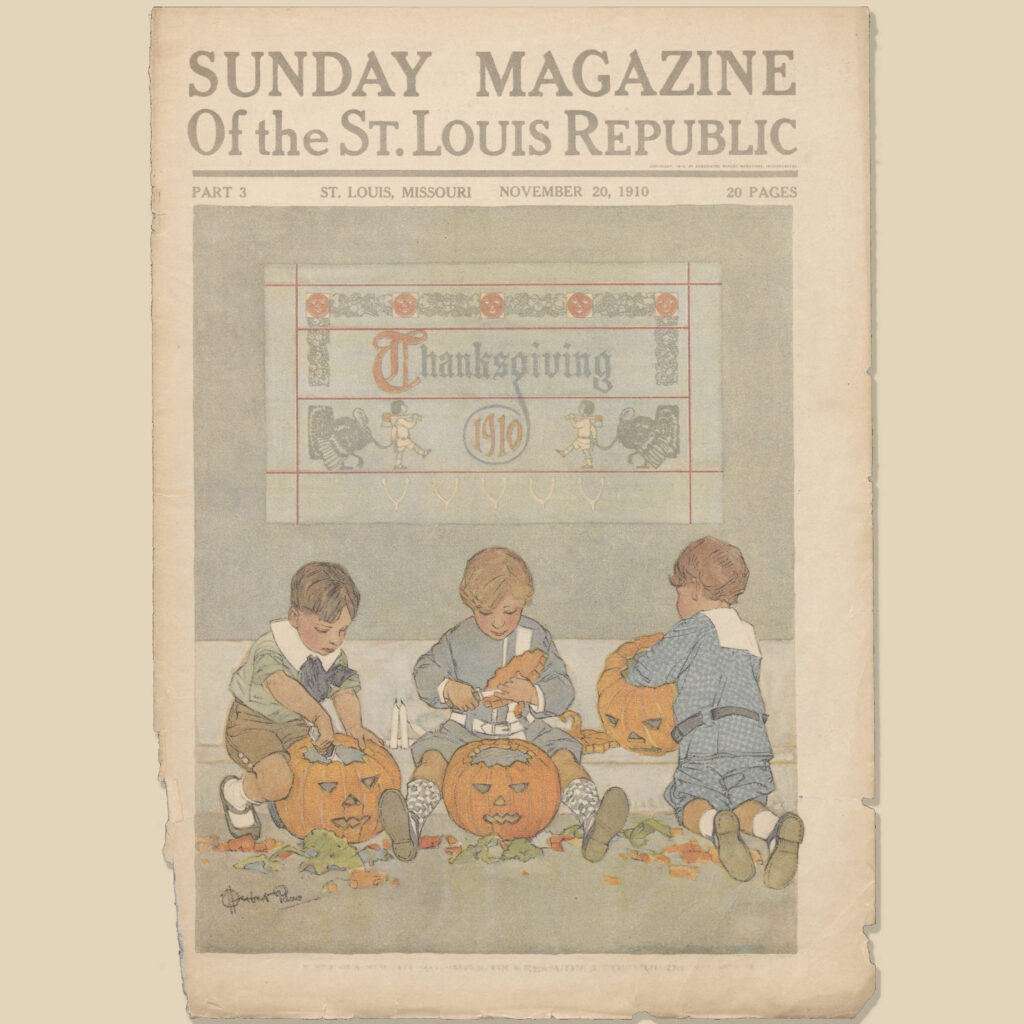
We sat down with Jim Gallagher, owner of Garden Court Antiques in San Francisco, for an overview of the new shipment, which just landed and is now in the gallery. Jim notes a shift in preference from larger, oversized items to smaller, distinctive pieces that blend into and enhance contemporary living spaces.
Interviewer: Jim, could you share some highlights from your recent shipment?
Jim Gallagher: Overall, I adopted a different approach this time. Generally, we aim to source pieces that are immediately striking and evoke a moment of awe. However, based on last year’s sales, I noticed a shift in how people use antiques. Larger items have become more challenging to sell, while there’s a growing preference for smaller pieces that add depth and ‘soul’ to a room. These work well with contemporary designs and light, airy spaces, which contrast the often darker Victorian interiors.
People seem to appreciate having unique pieces that enhance the character of their spaces—pieces that can’t be found just anywhere. It’s about the uniqueness and personal connection to the item. So, this time, I focused on acquiring smaller, versatile items like side tables from various periods and regions—Anglo-Indian, French, and Italian, spanning the 17th to 19th centuries. Their color, style, and exceptional construction are not just beautiful but captivating, offering that moment of awe. We still have larger pieces like farm tables, but these smaller items seem to really stand out.
Interviewer: Are there some specific pieces that caught your eye?
Jim Gallagher: Yes. Among the standout items is a late 19th-century English fireplace shield made of copper and steel. It was designed to sit in front of a small fireplace when not in use, so you’re not looking into an unsightly, empty hearth. But beyond its practical use, it’s a stunning art piece. The copper features a peacock design, making it a remarkable example of late 19th-century English folk art. It’s quite manageable in size, perfect for a tabletop display.
Interviewer: That’s great. What’s next?
Jim Gallagher: This is another unique piece. It’s an Edwardian stool, not particularly old or historically significant, but striking nonetheless. It features gorgeous aged green leather with brass nailhead trim and a touch of mahogany at the base— just a fun, wonderful piece you won’t find in anybody’s house. You can’t get leather to do that today. It takes 100 years.
Interviewer: What about the larger pieces in this collection?
Jim Gallagher: One of the magical aspects of sourcing antiques is the connections you make with people in Europe. A good friend, Peter Collingridge, who has a shop in Stow-on-the-Wold, called me about six months ago. He had a piece that wasn’t right for him, but he thought it might suit me. It turned out to be this spectacular Spanish trestle table, nearly 400 years old, previously in a private collection in England for the last 50 years. Its top is made from a single plank of walnut, about 7 feet long and 3 feet wide. It’s a rare find, especially in such original condition. This is certainly a more impressive piece and was a moment of awe.
Additionally, we have a pair of Italian walnut demilune tables that are as functional as they are beautiful. Originating most likely from a monastery, these tables can be used together as a center table or separately as console tables, adorned with baroque elements and harp-shaped bases.
Interviewer: Excellent, let’s continue.
Jim Gallagher: This piece here is a lovely small French occasional table made of beautiful fruitwood. It’s wonderfully shaped with a quirky shelf, and the drawer passes through to both sides—ideal for discreet transactions. It’s not something you’ll find at mainstream stores; it’s truly unique. And for a touch of whimsy, we have an Omersa leather bulldog footstool from the mid-20th century. This fun piece is a conversation starter and showcases bespoke British design.
Interviewer: That’s wonderful.
Jim Gallagher: And who does chic better than the French? We have French cocktail tables from the 1930s and 1940s, fabulous with brass and antique mirror shelves. They are truly one-of-a-kind, adding a touch of something elegant and old to your house.
Interviewer: That’s perfect, thank you.
We hope this collection is a source of inspiration for designers and collectors; each piece has a story to tell.
Visit us at Garden Court Antiques, 1700 16th Street, in the SOMA design neighborhood. We would love to show you around. ^jh
Like this:
Like Loading...

